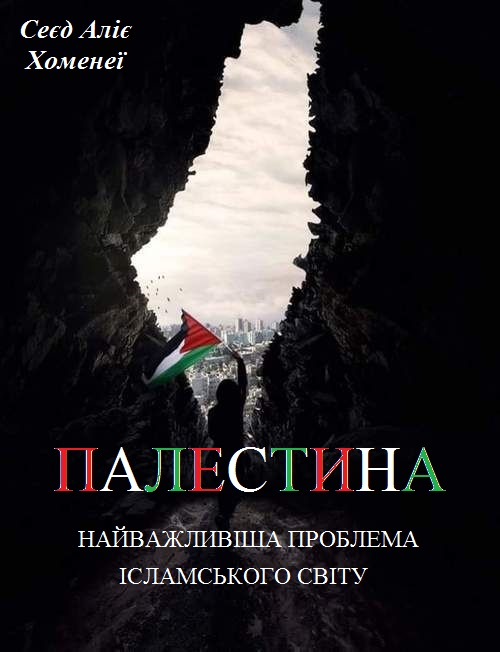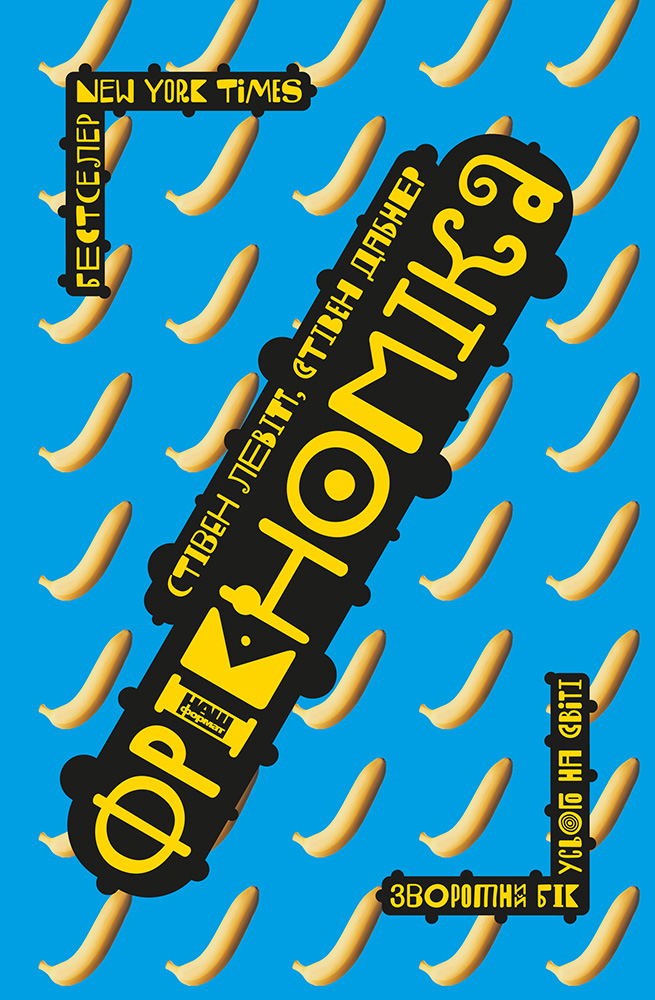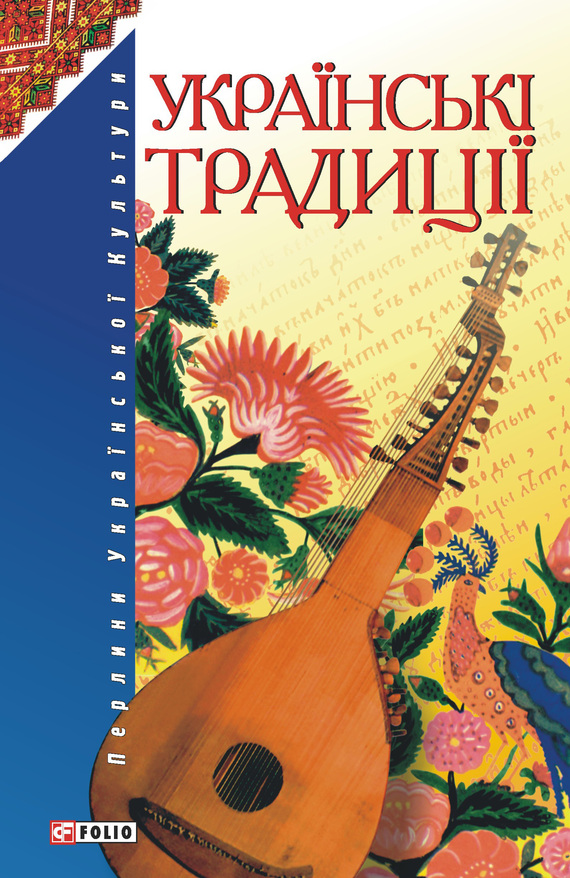Читати книгу - "Genghis Khan and the Making of the Modern World"
Шрифт:
Інтервал:
Добавити в закладку:
To promote all religions, Genghis Khan exempted religious leaders and their property from taxation and from all types of public service. To promote related professions, he later extended the same tax exemptions to a range of professionals who provided essential public services, including undertakers, doctors, lawyers, teachers, and scholars.
Genghis Khan made a number of laws designed specifically to prevent fighting over the office of khan. According to his law, the khan must always be elected by a khuriltai. He made it a capital offense for any member of his family to claim the office without election. To prevent rival candidates from killing each other, he ordered that the death penalty would be applied to members of his family only through a khuriltai of the whole family and not through any individual member. In so doing, he outlawed the very means that he himself had used to begin his rise to power—killing his half brother.
Mongol law, as codified by Genghis Khan, recognized group responsibility and group guilt. The solitary individual had no legal existence outside the context of the family and the larger units to which it belonged; therefore, the family carried the responsibility of ensuring the correct behavior of its members. A crime by one could bring punishment to all. Similarly, a tribe or a squad of soldiers bore the same liability for one another’s actions, and thereby the entire nation, not just the army or just the civil administration, bore responsibility for upholding and enforcing the law. To be a just Mongol, one had to live in a just community.
Enforcement of the law and the responsibility to abide by it began at the highest level, with the khan himself. In this manner, Genghis Khan had proclaimed the supremacy of the rule of law over any individual, even the sovereign. By subjugating the ruler to the law, he achieved something that no other civilization had yet accomplished. Unlike many civilizations—and most particularly western Europe, where monarchs ruled by the will of God and reigned above the law—Genghis Khan made it clear that his Great Law applied as strictly to the rulers as to everyone else. His descendants proved able to abide by this rule for only about fifty years after his death before they discarded it.
To run the empire in general, but most specifically to record the many new laws and to administer them over the vast stretches of land now under his control, Genghis Khan ordered the adoption of a writing system. Although writing had been introduced to the steppes many centuries earlier by Muslim merchants and itinerant Christian monks, few of the native people learned the skill, even those among the most sophisticated tribes of Tatars, Naiman, and Kereyid; and so far as is known, no Mongol had learned it. In his conquest of the Naiman in 1204, Genghis Khan discovered that Tayang Khan kept a scribe who wrote down his pronouncements and then embossed them with an official state seal. The scribe came from the Uighur people, who had originated on the Mongol steppe, but in the ninth century had migrated to the oases of what is now the Xinjiang region of western China. The Uighur language was closely related and proved relatively easy to adapt for writing in the Mongolian language. Derived from the Syriac alphabet used by the missionary monks who brought Christianity to the steppe tribes, the writing was made from letters rather than characters, but it flowed vertically down the page in columns, like Chinese.
To keep track of his laws, Genghis Khan created the position of supreme judge for his adopted brother Shigi-Khutukhu, the Tatar boy with the golden earrings and nose ring whom he had found and given to his mother to raise. Genghis Khan charged him to “punish the thieves and put right the lies,” as well as to keep a record of his decisions on white paper bound in blue books, the sacred color of the Eternal Sky. This close association between writing and the keeping of the law in Genghis Khan’s administration probably accounts for why the Mongolian word for book, nom, was derived from the Greek nomos, meaning “law.” In the Mongol world of the thirteenth century, the law and the written word were one and the same.
In maintaining loyalty and cohesion in the vast apparatus of his state, Genghis Khan innovated on an ancient political practice of hostage taking. He demanded that each of the commanders of the units of one thousand and ten thousand send their own sons and their sons’ best friends to him personally to make his own unit of ten thousand. Instead of threatening to kill them if their relatives misbehaved, Genghis Khan introduced a far more effective strategy. Genghis Khan trained the would-be hostages as administrators and kept them as a ready reserve to replace any ineffective or disloyal official. The threat of such potential replacement probably did much more to ensure loyalty in the field than the threat that the relative might be killed. Genghis Khan thus changed the status of hostages, transforming them into an integral part of his government that gave almost every family a direct and personal connection to the imperial court.
Genghis Khan divided the elite unit into the day guard and the night guard. As the name indicated, they formed a permanent watch over him and his encampment, but they functioned as much more than a bodyguard. They controlled the boys and girls who worked in the court, and they organized the herders of the different animals. They oversaw the movement of the camp, together with all the weapons and accoutrements of the state: banners, pikes, and drums. They also controlled the cooking vessels and the slaughter of animals, and they ensured the proper distribution of meat and dairy products. The guard helped to adjudicate legal hearings, carry out
Увага!
Сайт зберігає кукі вашого браузера. Ви зможете в будь-який момент зробити закладку та продовжити читання книги «Genghis Khan and the Making of the Modern World», після закриття браузера.




